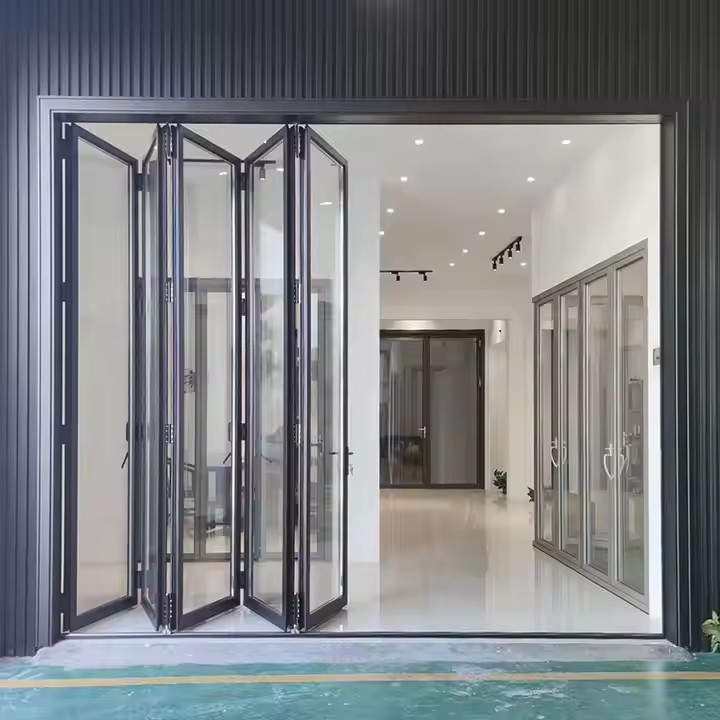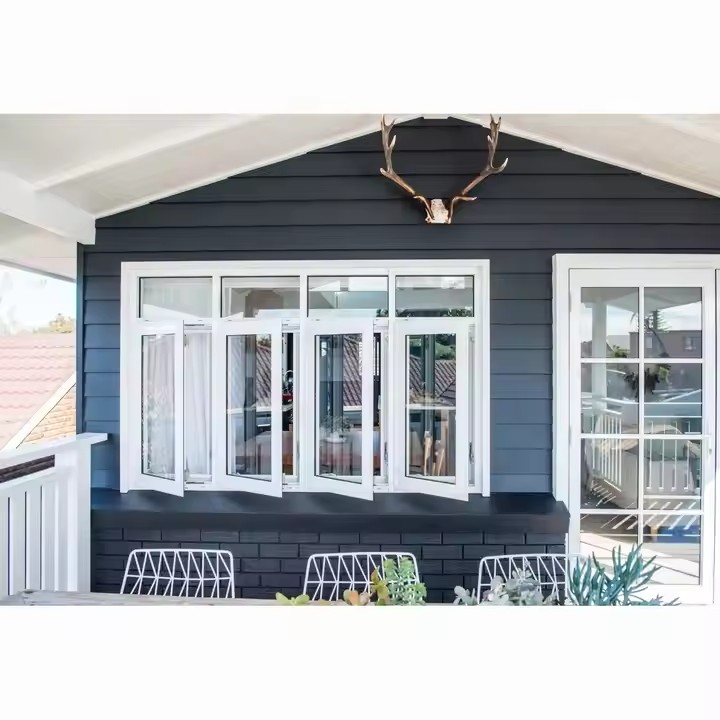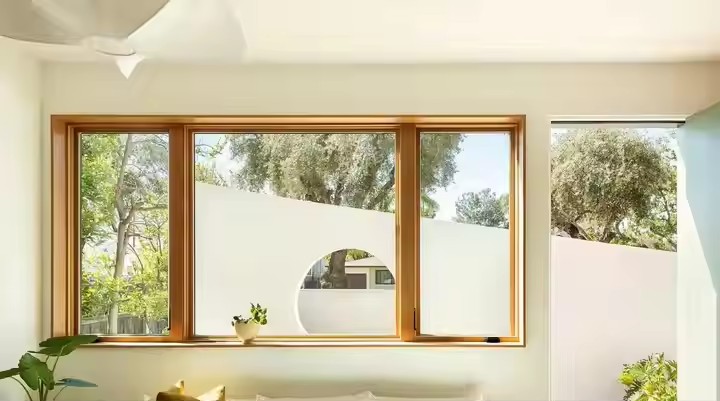I. Assess Climate Adaptation: Match Aluminum Properties to Regional Conditions
Australia’s diverse climates directly determine which aluminum properties are most important. Corrosion resistance, thermal insulation, and wind-load resistance are the three key factors, and material selection must be tailored to local conditions.
- Coastal Areas (Sydney, Brisbane, Gold Coast, etc.): Prioritize Corrosion-Resistant Aluminum
Coastal regions are subject to marine climates with high salt content in the air (e.g., salinity around Sydney Harbour can reach 35 mg/m³). Ordinary aluminum is prone to pitting and intergranular corrosion, which leads to oxidation, blackening, and reduced structural strength of window frames. Key considerations include:
Alloy types: Prefer 6063-T5 or 6061-T6 aluminum alloys.
6063 alloy (Mg: 0.45–0.9%, Si: 0.2–0.6%) has excellent corrosion resistance, weldability, and formability, suitable for frames.
6061 alloy offers higher strength (tensile strength up to 310 MPa) for large openings like floor-to-ceiling windows and wide sliding doors, but slightly weaker corrosion resistance, requiring enhanced surface treatment.

Surface treatment: Choose powder coating or fluorocarbon (PVDF) coating—avoid anodizing (only suitable for dry inland regions).
Powder coating should use double-coating (primer + topcoat), film thickness ≥60 μm, in light colors (e.g., off-white, light gray) to reflect over 70% of solar heat and reduce thermal deformation.
PVDF coatings (film thickness ≥40 μm) provide stronger UV and salt-spray resistance, with service life over 20 years—recommended for high-salinity zones (e.g., Gold Coast, Perth coastlines).
- Inland High-Temperature Areas (Perth, Adelaide, etc.): Focus on Insulation and UV Resistance
Inland summers often exceed 40°C, with UV indices reaching 10–12 (or higher during extreme conditions). Ordinary aluminum easily expands/contracts under heat, compromising sealing and transmitting heat indoors, raising cooling costs. Selection points:
Thermal insulation design: Must use thermal-break aluminum (aluminum frames with PA66 nylon insulation strips), not simple “through-bar aluminum.”
PA66 thermal strips have thermal conductivity ~0.25 W/(m·K), just 1/1200 of aluminum (~237 W/(m·K)), effectively blocking heat transfer.
Strips must be ≥14 mm wide (per Australian building codes) and certified by SGS Australia. Avoid inferior PVC strips (which degrade within 3–5 years).
UV resistance: Coatings should use UV-resistant powders with absorbers blocking over 90% of UVA/UVB. Require suppliers to provide UV resistance reports confirming ≤ΔE 1.5 color change and ≤10% gloss loss after 1,000 hours of xenon aging simulation.
- Temperate Rainy Regions (Melbourne, Hobart, etc.): Ensure Waterproofing and Wind Resistance
These regions see annual rainfall of ~600–800 mm, with winter gusts reaching 10–15 m/s. Aluminum must deliver both watertightness and wind-load strength:
Profile design: Choose multi-cavity profiles instead of single-cavity.
Multi-cavity creates drainage, sealing, and reinforcement chambers—rainwater drains quickly, while internal ribs (≥1.4 mm thick) enhance wind resistance.

Profiles must comply with AS 4040.2 wind-load standards: deformation ≤L/300 at maximum design wind speeds.
Sealing components: Use EPDM (ethylene-propylene-diene) seals instead of ordinary rubber.
EPDM remains elastic between -40°C and 120°C, resists aging >10 years, and ensures long-term watertightness.
Look for WaterMark certification to guarantee performance.
II. Verify Compliance: Recognize Core Australian Certifications and Standards
- Basic Material Certification: AS/NZS 1866
This is the entry-level standard for aluminum extrusions in Australia (Aluminium and Aluminium Alloys – Extruded Rod, Bar, Solid and Hollow Shapes). It specifies alloy composition, mechanical properties, and tolerances.
For example, 6063-T5 requires tensile strength ≥170 MPa, yield strength ≥145 MPa, elongation ≥8%.
Wall thickness deviation must be within ±0.15 mm.
Always request AS/NZS 1866 reports—non-compliant aluminum risks deformation, poor operability, and safety issues.
- Safety & Energy Certifications: WaterMark + WERS
WaterMark Certification: Mandatory in Australia for water-related building products, including window watertightness. Tests include water penetration (<0.1 L/m·h) and air permeability (<0.5 m³/m²·h). Without this, leaks may cause mold or floor damage, and insurers may reject claims.
WERS (Window Energy Rating Scheme): Not nationwide mandatory but required in some states (e.g., VIC, NSW) for minimum 3-star ratings in new homes.
Aluminum insulation performance heavily impacts ratings.
Thermal-break aluminum combined with Low-E glass can reach 5–6 stars, cutting winter heating demand by 20–30% in Melbourne.
Always check WERS labels to ensure compliance with local codes.

